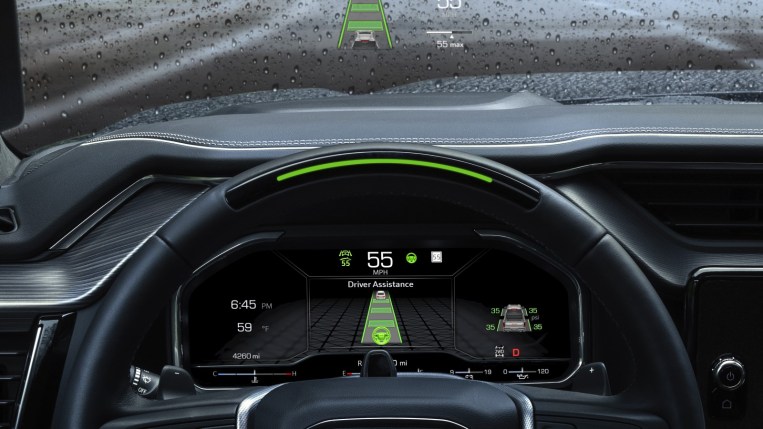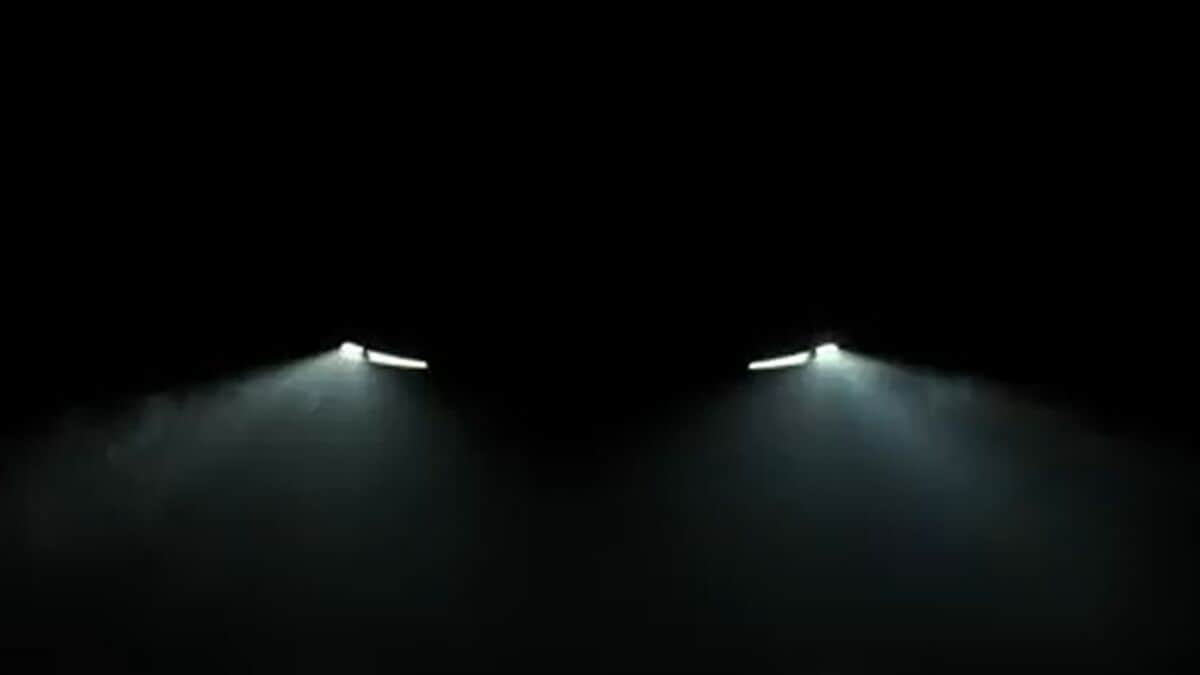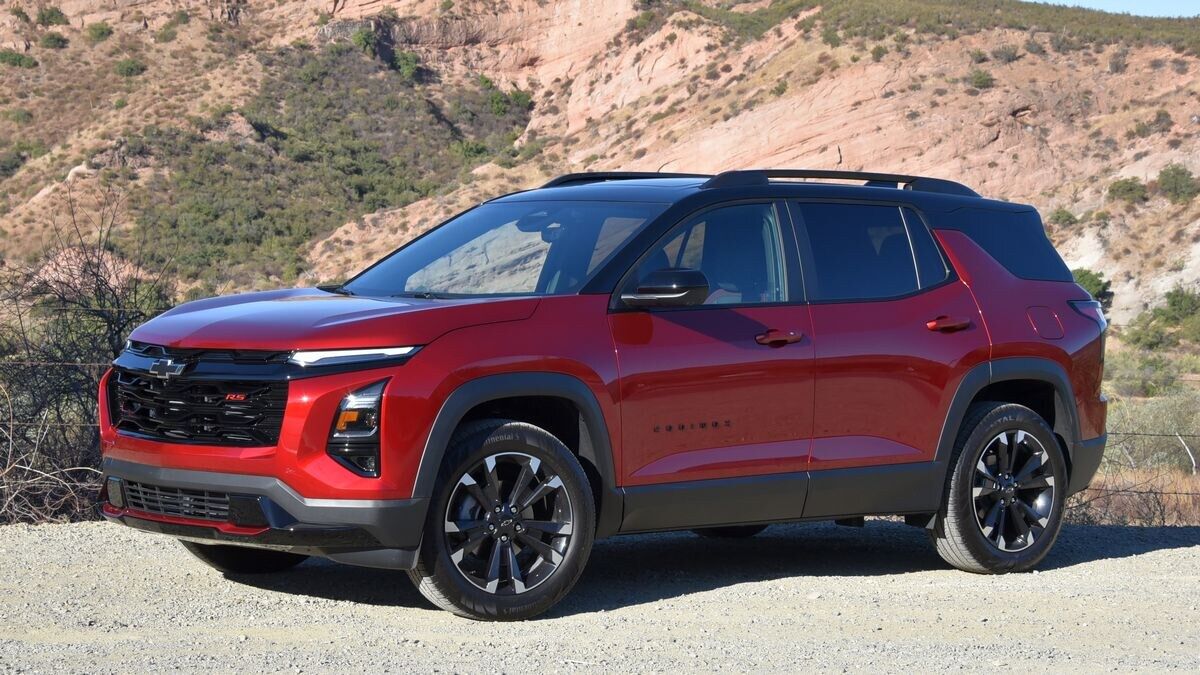
Automakers are increasingly packing cars full of driver aids such as lane-centering software and smart cruise control that help relieve some of the work of driving. But any time the car can take over some of the driving, some drivers will trust it too much. So, cars with driver aids also have attention monitors – systems that prompt the driver to pay attention to the road when their attention seems to drift.
Car safety advocates are increasingly worried that these don’t work as well as they should.
Related: Self-Driving Cars – Everything You Need to Know
AAA is the latest to weigh in. The organization performed safety testing on four of the most popular driver aid systems. Their conclusion?
“Systems using a driver-facing camera are best at keeping motorists focused on the road. Unfortunately, the technology is not foolproof, and a driver determined to cheat the system can defeat it.”
And determined drivers are everywhere. AAA notes, “there have been numerous newsworthy instances of drivers misusing the systems by watching videos, working, sleeping, or even climbing into the backseat,” which could have deadly consequences.
AAA’s study comes just a month after another safety group – the Insurance Institute for Highway Safety – announced plans to create a rating system for attention monitors. IIHS took the step, it said, believing that no current system would pass its tests.
Four Systems Tested
AAA’s researchers performed real-world testing on four vehicles, using two types of driver attention monitors. Half used a driver-facing infrared camera to track the driver’s eyes and prompt them when their attention drifts. Half used steering-wheel-mounted torque sensors designed to alert a driver who takes their hands off the wheel.
The tested models included:
- A 2021 Cadillac Escalade with GM’s Super Cruise system using a driver-facing infrared camera
- A 2021 Subaru Forester with EyeSight using a driver-facing infrared camera
- A 2021 Hyundai Santa Fe with Highway Driving Assist using steering-wheel-mounted torque sensors
- A 2020 Tesla Model 3 with Autopilot using steering-wheel-mounted torque sensors.
Test drivers attempted various methods of fooling the systems.
Cameras Better Than Steering Wheel Sensors
One type was better than the other. AAA explains, “vehicles equipped with camera-based driver monitoring systems were significantly better at preventing each type of tested distraction scenario.” The pattern held “no matter the external lighting conditions.”
But both types were “prone to being intentionally fooled,” the testers said.
AAA also expressed concerns that automakers make misleading statements in marketing the systems. The organization has urged the industry to adopt a standard naming convention “to prevent drivers from misunderstanding the capabilities of catchy, marketing-driven branded names.”
Tesla’s system is called Full Self-Driving, which has led regulators in some states to express concern – and led Tesla to tell authorities that the company does not expect the system to ever be capable of autonomous driving.







